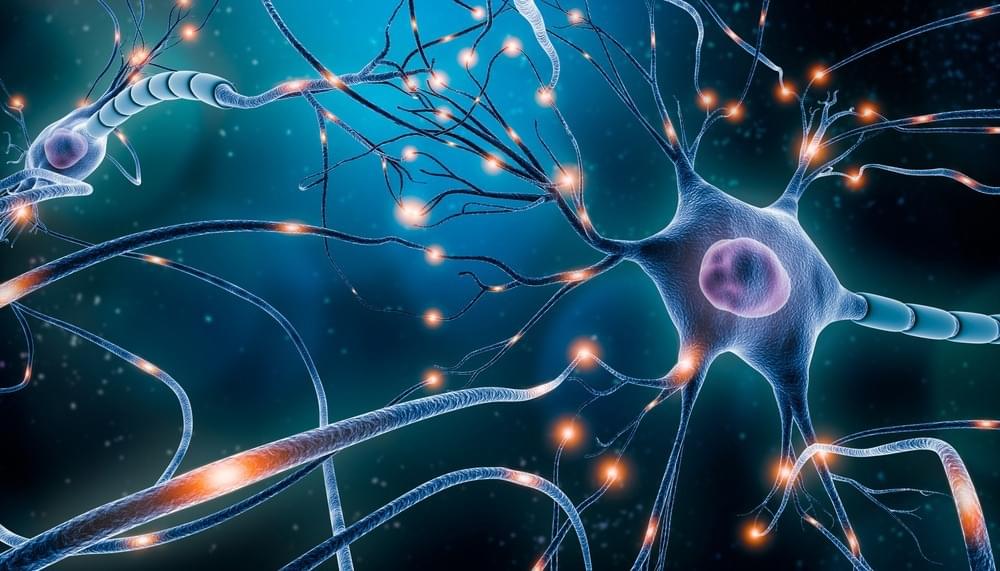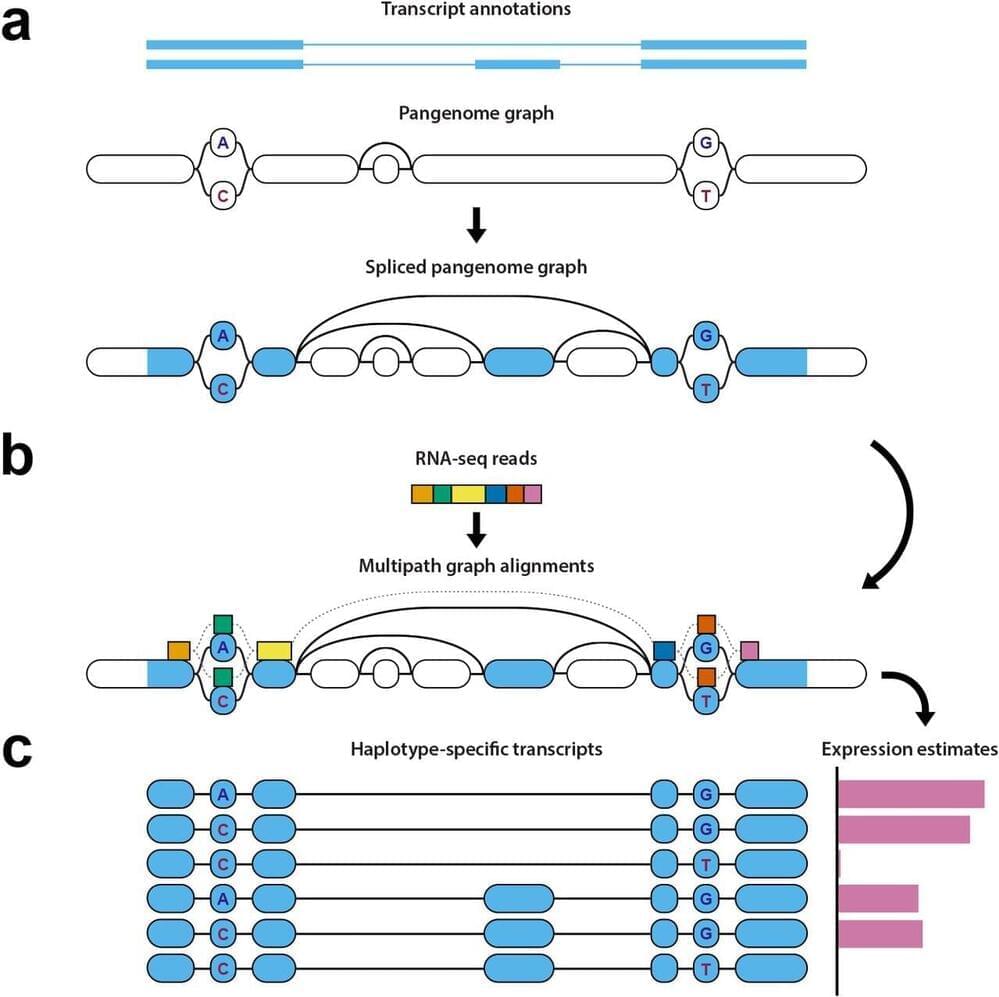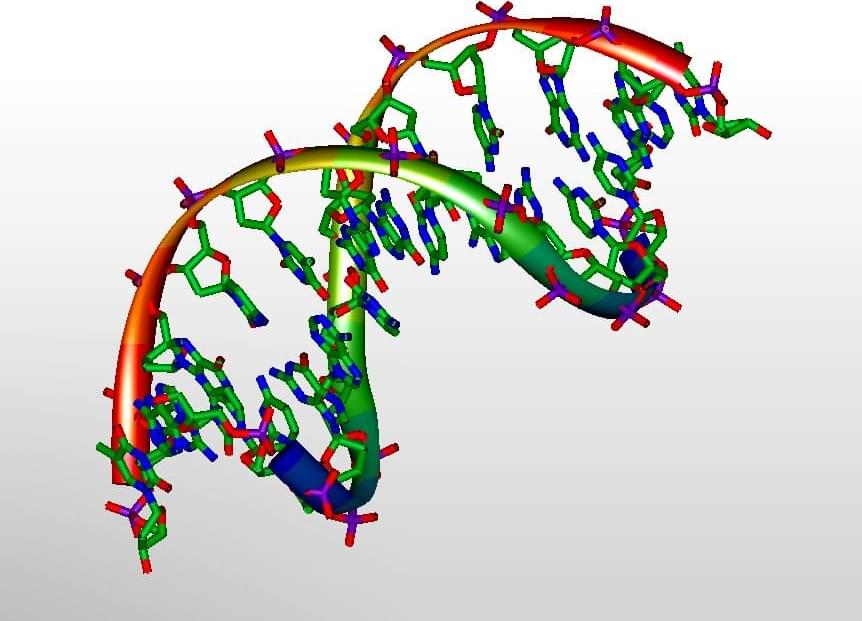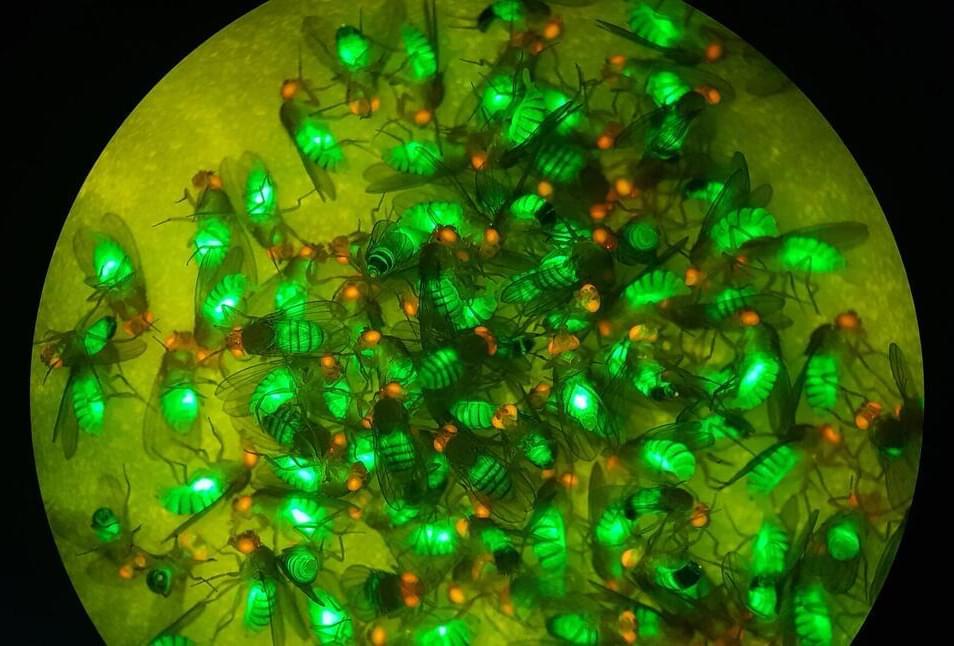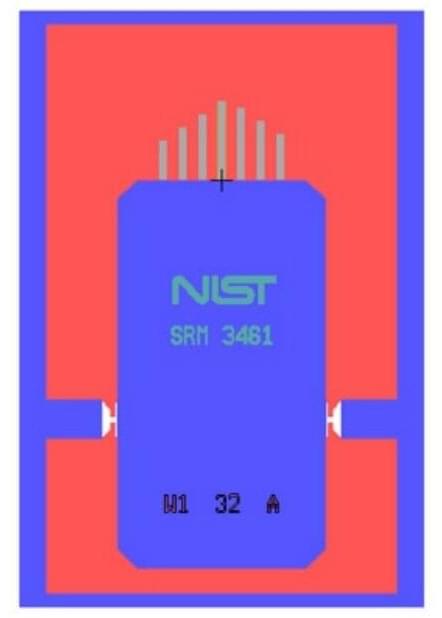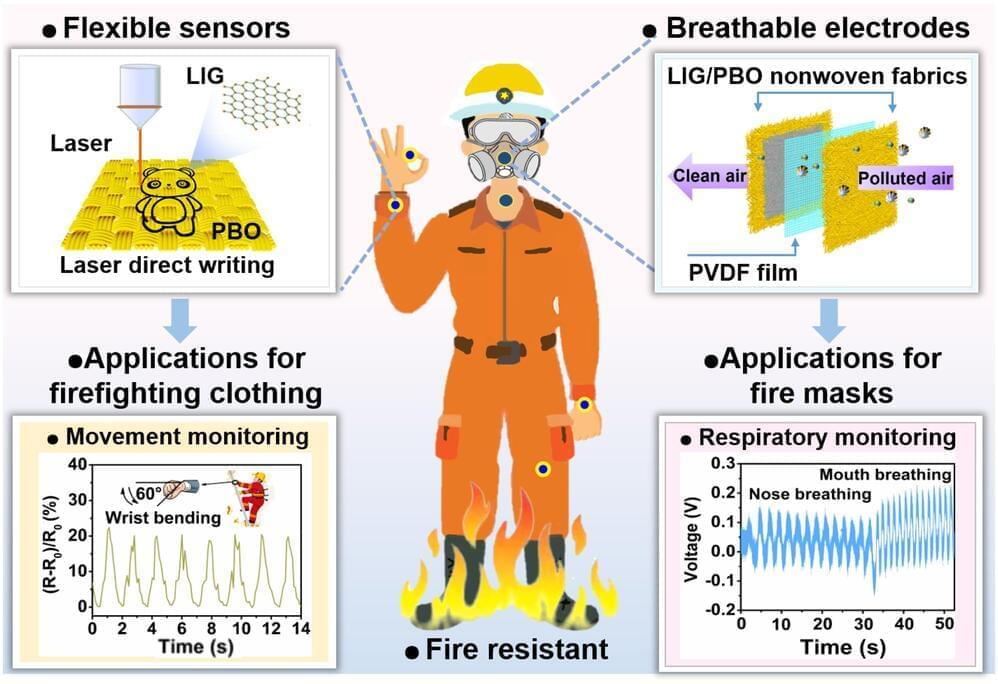Atomic force microscopy (AFM) is a popular technique for interrogating surfaces on the micro and nano scales. The most common use for AFM is imaging; however, there are a variety of more specialized AFM techniques that can be used to determine electrical, mechanical, and chemical properties of surfaces. To adequately control the application of forces to surfaces for these techniques (especially mechanical property measurements), accurate stiffness calibrations of test cantilevers should be used.
There are a variety of test cantilever stiffness calibration techniques available, based on dimensional, static force and displacement, and dynamic vibrational methods, but in general, these have large uncertainties in the range of ± 10% to ± 30% and unknown accuracy. More rigorous calibrated balance techniques, with SI traceability have been pioneered, mostly by National Metrology Institutes (NMIs), but their complexity, expense, and time-consuming operation make them an out-of-reach technique for most AFM researchers. The reference cantilevers represented by NIST SRM 3,461 are an accurate and precise force calibration artifact for use in the field.
SRM 3,461 is a silicon microfabricated device containing seven cantilevers of carrying length and stiffness is used for validating methods for determining the stiffness of atomic force microscope (AFM) cantilevers as well as directly calibrating AFM test cantilevers using the reference cantilever method.
